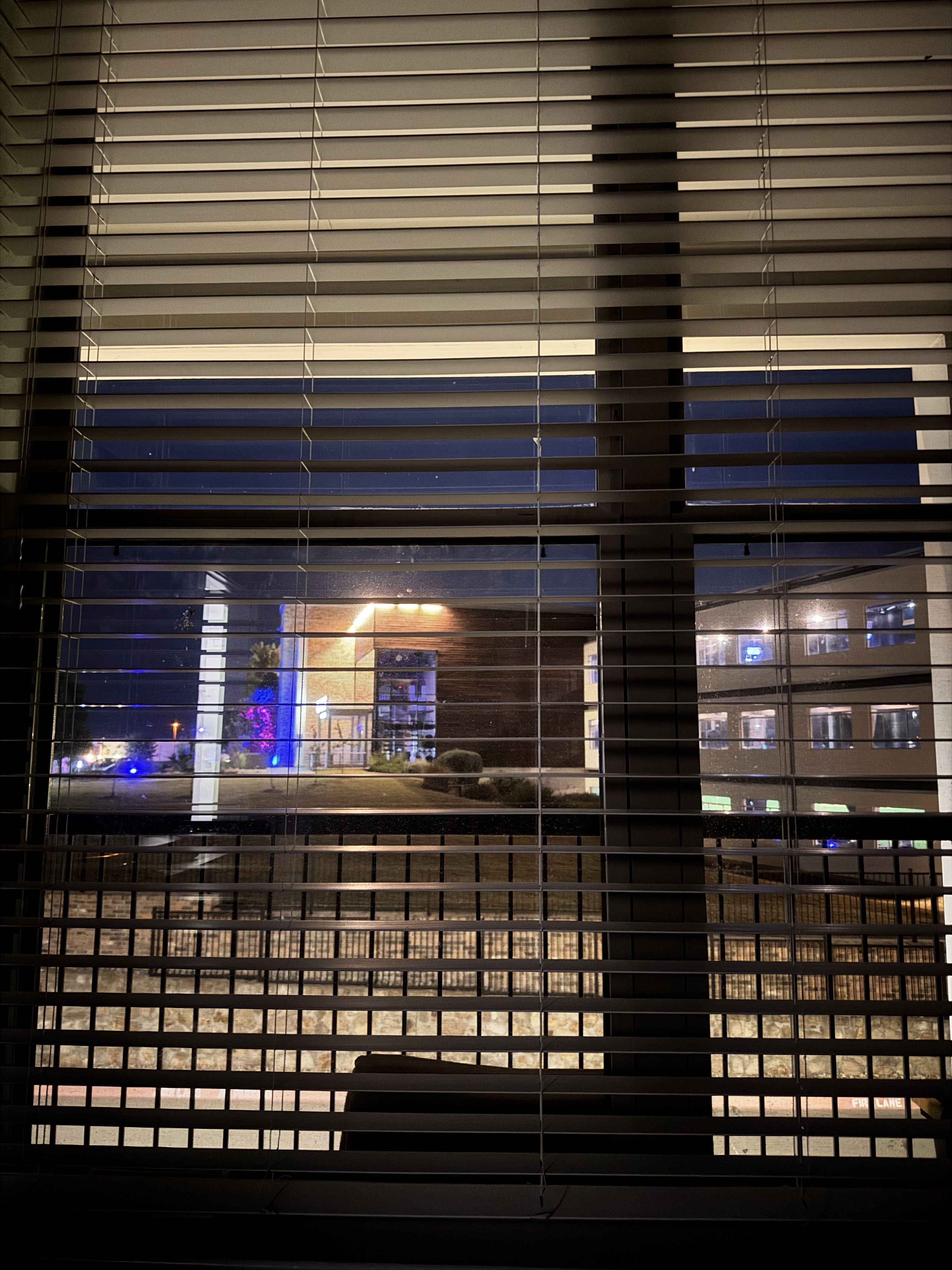
Nighttime Light Pollution Linked to Increased Heart Disease Risk Through Brain Stress Response
TL;DR
Reducing nighttime light exposure offers a health advantage by lowering heart disease risk through decreased brain stress and arterial inflammation.
The study used PET/CT scans and satellite data to show artificial light increases brain stress activity and arterial inflammation, raising heart disease risk.
Reducing light pollution creates healthier communities by decreasing heart disease through lower stress and inflammation for better public health.
Nighttime light exposure triggers brain stress that inflames arteries, revealing how modern lighting habits directly impact cardiovascular health.
Higher levels of exposure to artificial light at night were linked to increased stress-related activity in the brain, inflamed arteries and a higher risk of heart disease, according to a preliminary study to be presented at the American Heart Association's Scientific Sessions 2025. The research, conducted at Massachusetts General Hospital, represents the first investigation to demonstrate a biological pathway connecting nighttime light exposure to cardiovascular disease.
The study analyzed 450 adults without pre-existing heart disease or active cancer who underwent combined Positron Emission Tomography/Computed Tomography (PET/CT) scans between 2005 and 2008. Researchers combined these brain scans with satellite data from the 2016 New World Atlas of Artificial Night Sky Brightness to measure participants' exposure to artificial nighttime light. The analysis revealed a nearly linear relationship between light exposure and heart disease risk, with every standard deviation increase in light exposure associated with approximately 35% and 22% increased risk of heart disease over five- and ten-year follow-up periods, respectively.
Study senior author Shady Abohashem, M.D., M.P.H., head of cardiac PET/CT imaging trials at Massachusetts General Hospital, explained the mechanism behind this connection. When the brain perceives stress from artificial light exposure, it activates signals that trigger an immune response and inflame blood vessels. Over time, this process can contribute to arterial hardening and increase the risk of heart attack and stroke. The research found that 17% of participants developed major heart conditions during the ten-year follow-up period.
The findings gain additional significance in light of recent American Heart Association scientific statements, including the Role of Circadian Health in Cardiometabolic Health and Disease Risk issued last week. These statements indicate that light pollution disrupts body clocks, suppresses melatonin, delays sleep onset, and contributes to cardiovascular disease risk even at low levels. Julio Fernandez-Mendoza, Ph.D., who serves on the writing committee for the Association's multidimensional sleep health statement, noted that while the harmful effects of artificial light were known, this study provides crucial insight into the stress response mechanism linking light exposure to heart disease.
The implications extend beyond individual health to urban planning and public policy. Artificial light at night represents a nearly universal feature of modern cities, and the study suggests it could be modified to reduce heart disease in communities with higher levels of nighttime light. Researchers proposed several mitigation strategies, including reducing unnecessary outdoor lighting, shielding streetlamps, using motion-sensitive lights, and personal measures such as keeping bedrooms dark and avoiding electronic screens before bed.
The study's strengths include using state-of-the-art PET/CT imaging to measure brain stress and artery inflammation, combined with satellite light data and long-term follow-up for heart events. However, as an observational analysis of previously collected information, it cannot prove direct cause-and-effect relationships. Additionally, the participant group from a single hospital system may not represent diverse populations, limiting generalizability of the findings. Researchers plan to expand this work in larger, more diverse populations and test interventions that reduce nighttime light exposure to determine how such reductions might improve heart health.
Curated from NewMediaWire
